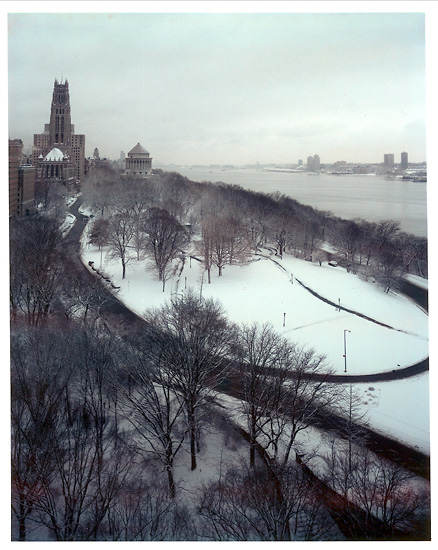Sanders McNew
Rolleiflex User
David Goldfarb said:The photos with the Superb from the Serra show were superb. Looking forward to seeing what you do next with it.
Do you ever shoot color? I thought the uncoated Heliar had a nice effect with a punchy, but not off the scale, slide film like Provia 100F.
Funny you should mention the Serra shots --
I posted them here in another thread on TLRs.
http://www.rangefinderforum.com/forums/showpost.php?p=665280&postcount=358
I've not shot color film before, but I would like to
play with some muted color film, or film with an
odd/imprecise rendering of the palette. Any
suggestions?
Sanders.



